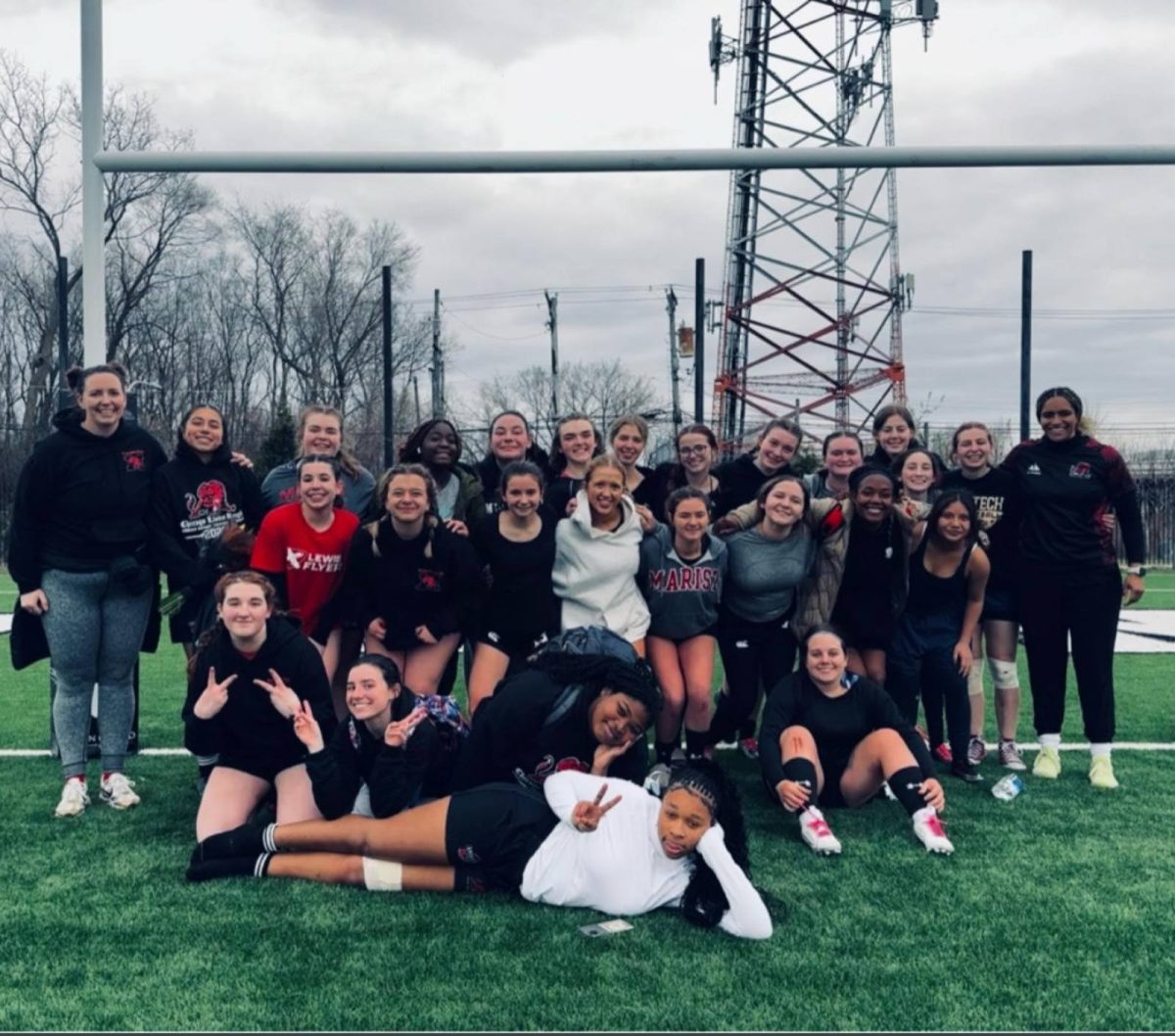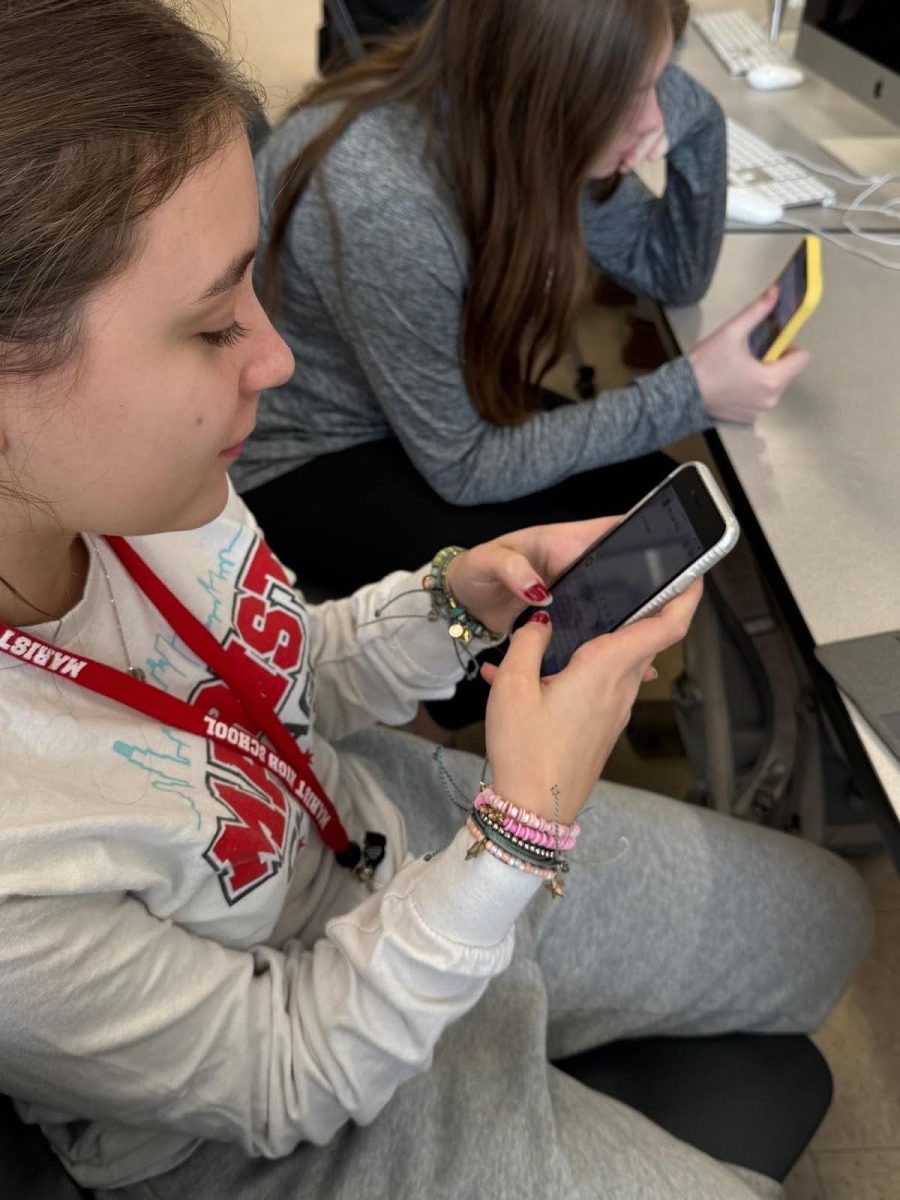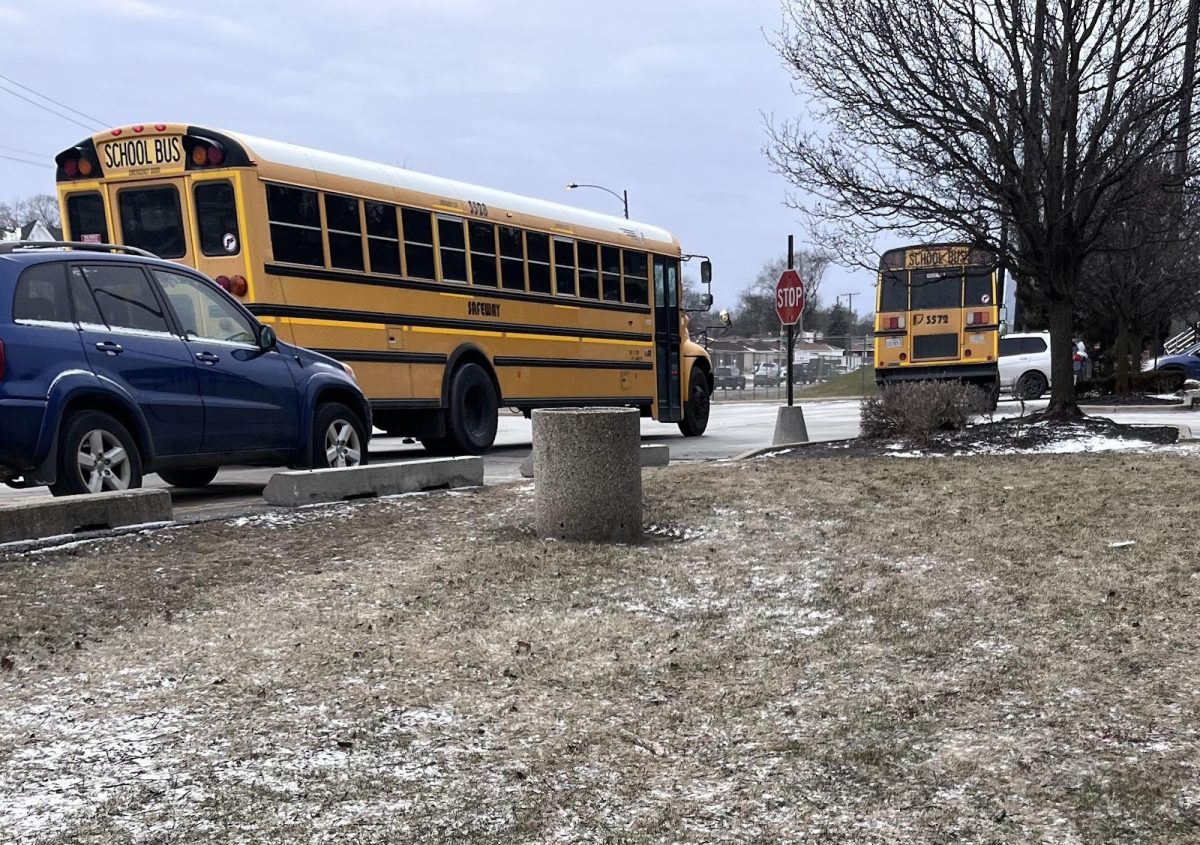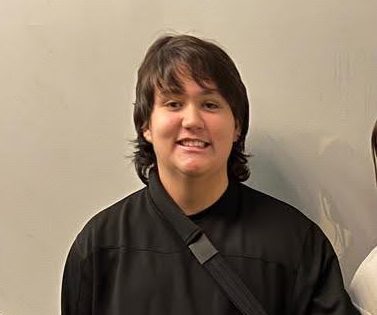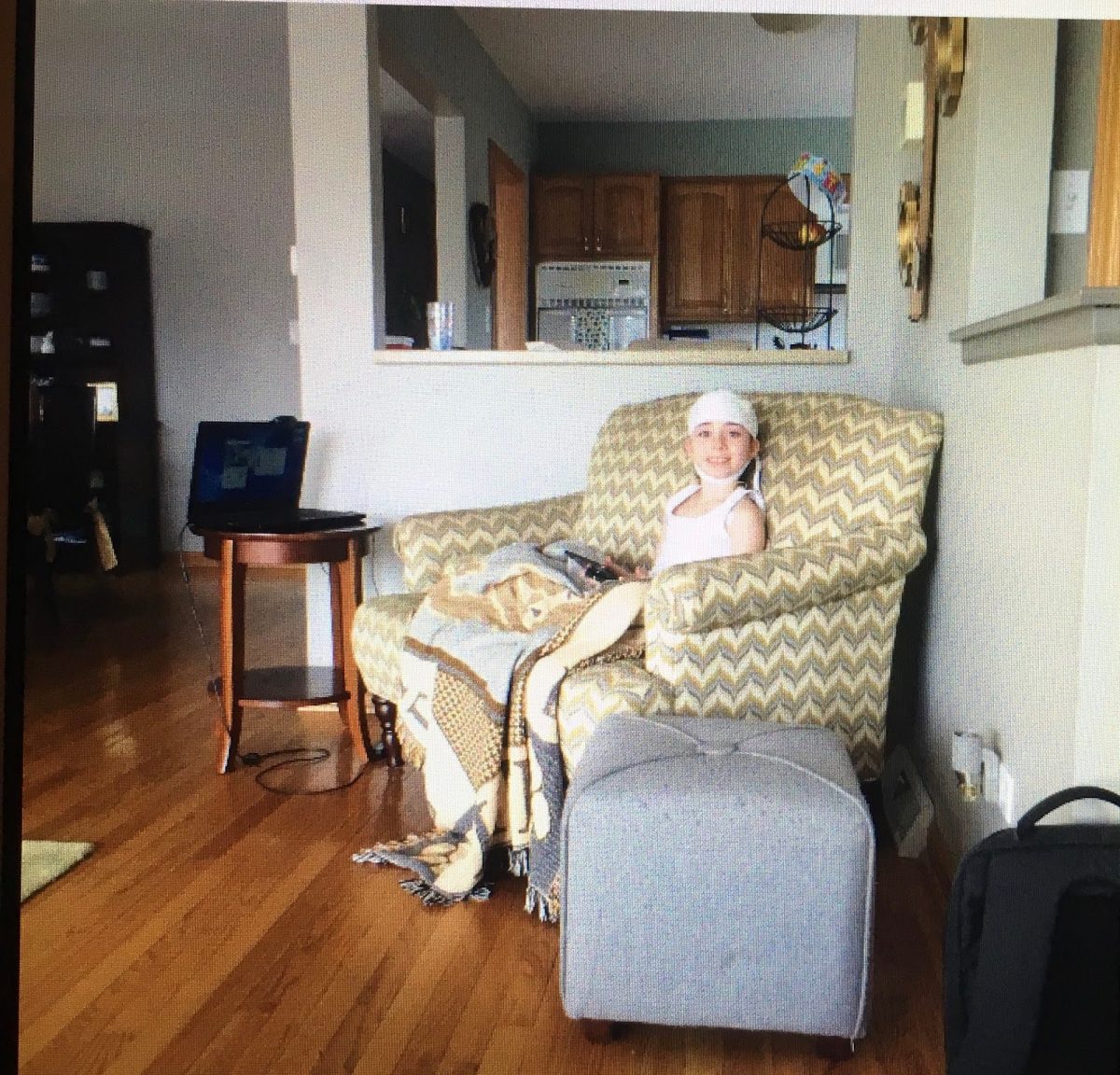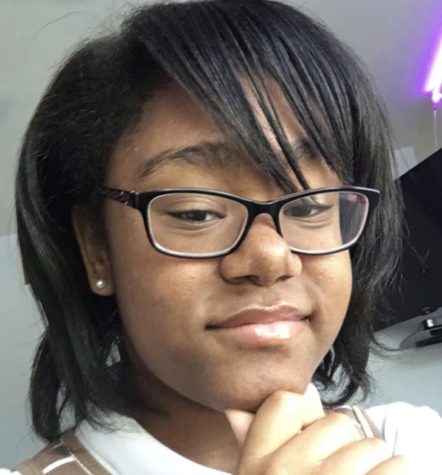Catholic schools have always been a place to exercise faith and build community with those around us. But, what exactly does it mean to attend one ?
Catholic schools were created around the 1700’s and in the present day have become an important part of educational history in America. Its main goal has always been making both education and faith a priority amongst students.
The first Catholic schools opened in England, Washington, Philadelphia, and across some U.S. states. The first in Chicago opened in 1844. William J. Quarter was an Irish-American bishop who created a system where Roman immigrants from grammar grades through college could be involved in faith-filled learning. St. Mary of the Lake University was the first place that was ordained into this category. After his death, many parish-based grammar schools and convent academies would spread nearly all over the Archdiocese of Chicago.
Priests and nuns were credited for their contribution of creating multiple schools across America, but it was the work of Catholic immigrants in the 19th century who wanted to pass their faith along to their children. They paid the funds necessary that were required for them to attend. Private education and tuition soon became the normal way to get into these schools, much like modern day Catholic schools.
There is mainly a focus on faith, education, family, and learning about God, Jesus, the Saints, and Mother Mary herself. Lessons from the word and listening to stories about individuals who embody these same teachings become important and a way for students to examine themselves and make room for better and learn from the past to better the future.
People who have attended a Catholic school are familiar with how this works and just how important their principles and beliefs are. But what makes attending a Catholic school so different from the rest? Why do those who attend or work at them like it so much?
“I think that being able to go to a Catholic school not only means that we have religion class, we have religion for four years, but that you learn more about faith. At public schools, you can’t really do that,” said Ms. Dunneback. “It’s also an opportunity for us to hone in on aspects of what it means to be Catholic and a lot of times that means paying attention to those that need help that are underserved.”
Assistance and service are key values that many who have experiences with Catholic schools enjoy the most. Being a help to others and those in nearby communities, charities, and other schools can make a positive impact and life-long skills that can be applied to many different places and people.
Despite being Catholic focused, it does not matter what religion or faith a student belongs to. All that matters is that these same lessons and principles can stick with those who hear them.
“My favorite thing about attending a Catholic school is the people. Everyone is so kind and always willing to help. I’ve my best friends at the other schools I have attended and am forever grateful,” said sophomore Ava Krueger.
Kruger and Dunneback expressed that Marist also embodies the positive things they enjoy most about Catholic schools which are community, fun, relationships, education, and most importantly, faith.
“Marist has impacted me in so many ways, I have met so many amazing people here. Teachers have impacted my life by making me love subjects I never thought I would. I have met my best friends during classes and playing sports here at Marist. I wouldn’t trade my Catholic education for the world,” said Krueger.
Attending a Catholic school means building relationships, learning new things, going to mass, bettering ourselves, doing what’s right, and growing closer to God and building a better future—simple but life-changing things.
















